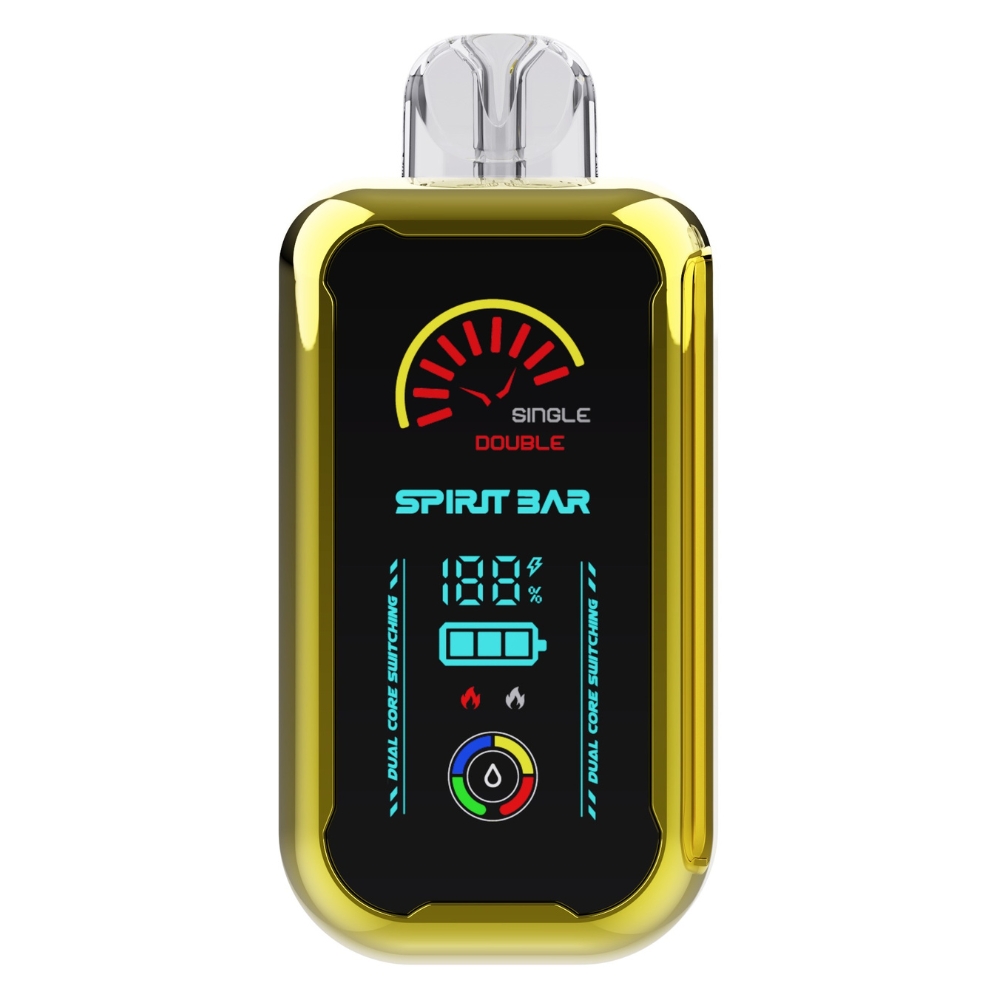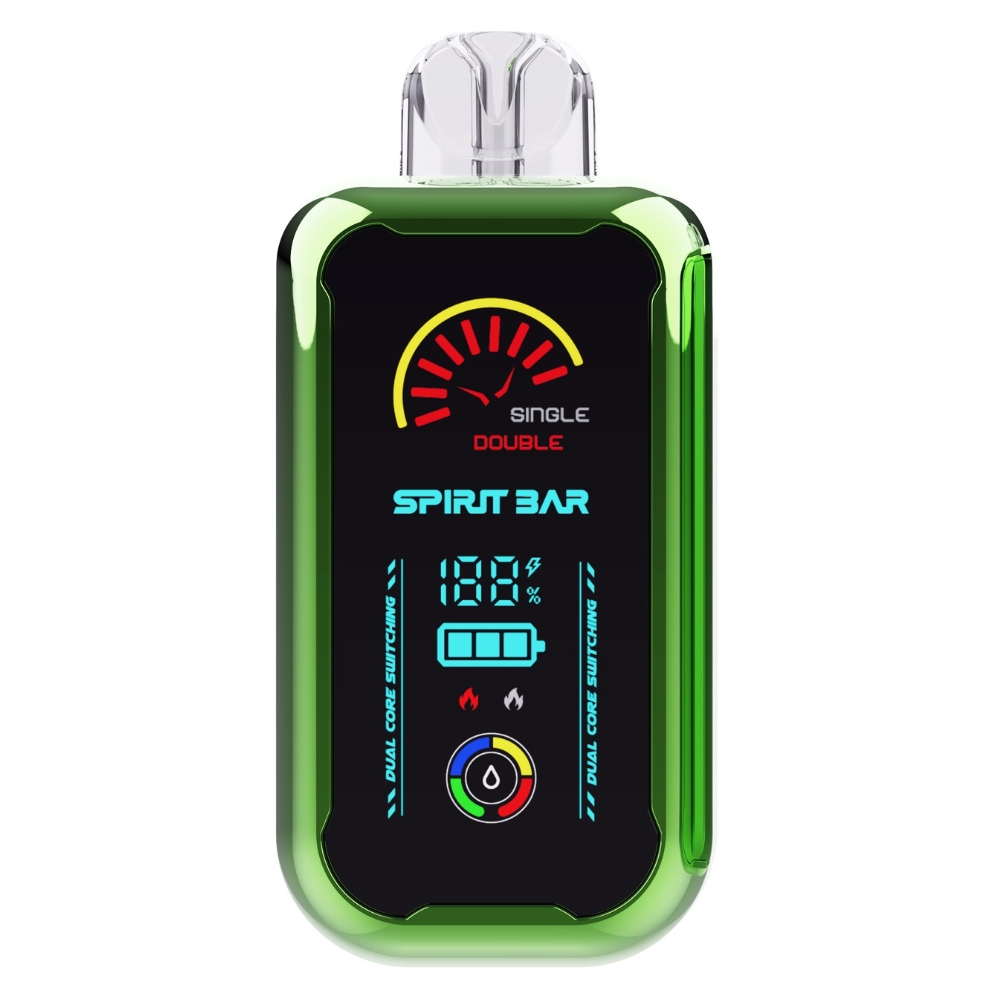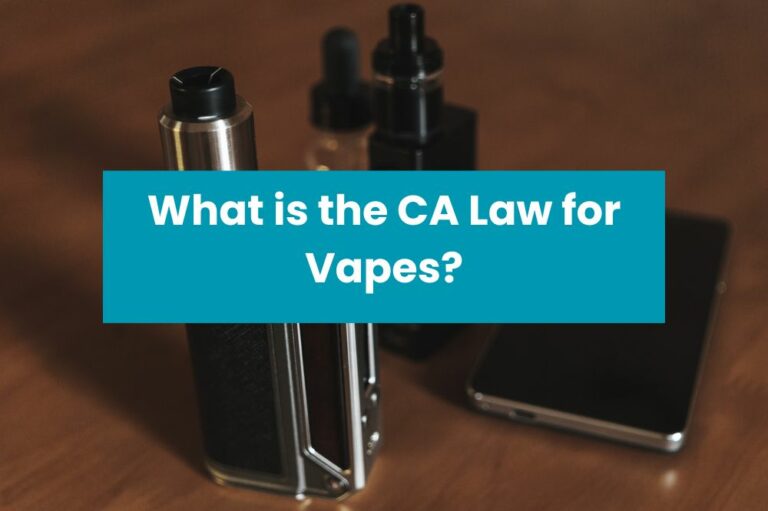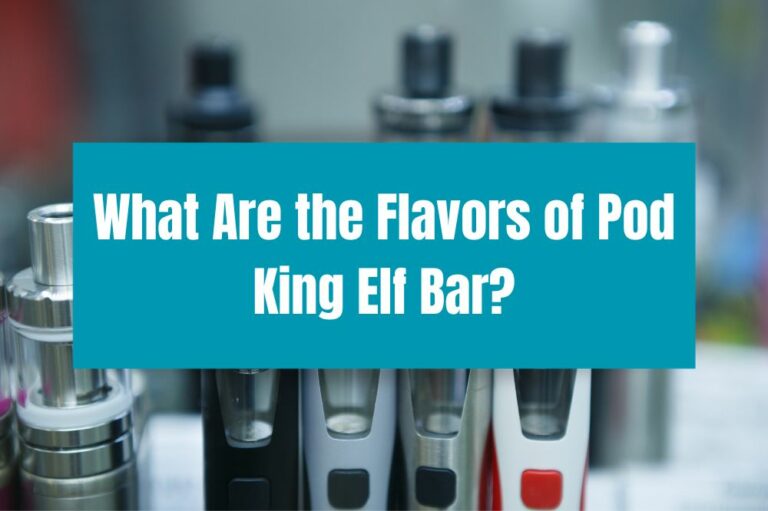Are Vapes Harmful to the Body?
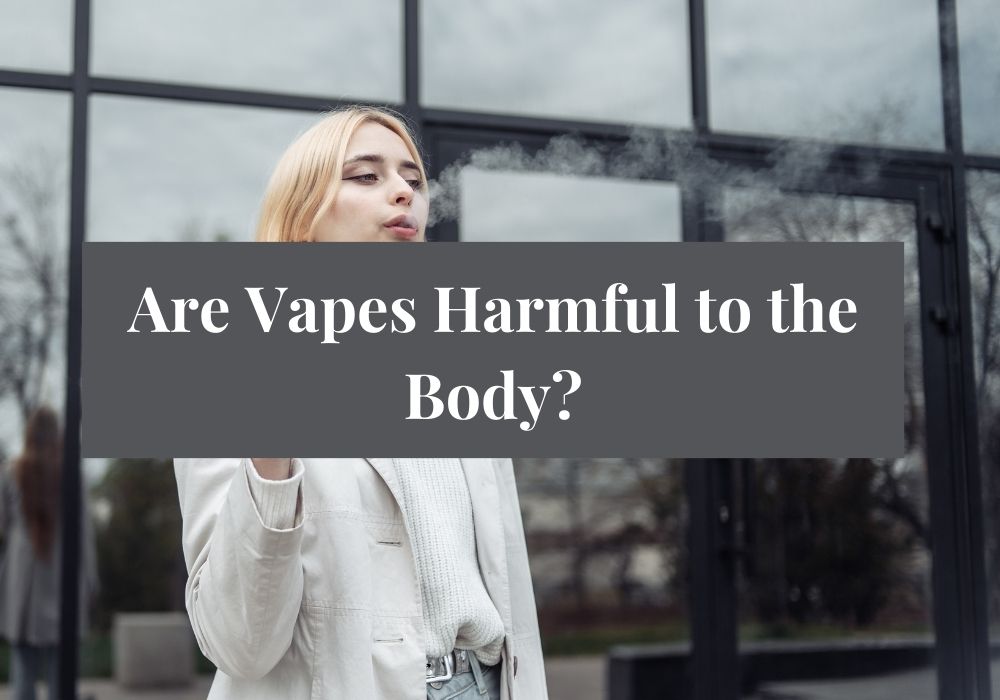
Are vapes harmful to the body? This is a question that has been asked by many people, especially those who are considering using e-cigarettes as an alternative to traditional cigarettes. While vaping has been marketed as a safer alternative to smoking, recent studies have shown that it is not without its risks.
One of the main concerns with vaping is the chemicals that are used in e-cigarettes. The liquid that is used in vapes contains nicotine, flavorings, and other chemicals that can be harmful to your health. Inhaling these chemicals can cause a range of health problems, including lung damage, heart disease, and cancer. Additionally, many of the chemicals found in e-cigarettes are not regulated, which means that you may not know exactly what you are inhaling when you use a vape.
Another concern with vaping is the potential for addiction. Nicotine is highly addictive, and many people who use e-cigarettes become addicted to the substance. This can make it difficult to quit vaping, and can lead to a range of health problems over time. Additionally, many teens who use e-cigarettes may not realize that they are becoming addicted to nicotine, which can have serious consequences for their health and well-being.
What Are Vapes?
If you’re wondering what vapes are, they are electronic devices that heat a liquid (e-juice) to create a vapor that you inhale. Vapes come in a variety of shapes and sizes, but most consist of a battery, a heating element, and a tank or cartridge to hold the e-juice.
Components of a Vape
The components of a vape can vary depending on the type of device, but some common components include:
- Battery: The battery provides power to the heating element.
- Heating Element: The heating element heats the e-juice to create a vapor.
- Tank or Cartridge: The tank or cartridge holds the e-juice.
- E-juice: E-juice contains a mixture of propylene glycol, vegetable glycerin, flavorings, and nicotine (optional).
- Mouthpiece: The mouthpiece is where you inhale the vapor.
How Vapes Work
When you inhale on a vape, the battery powers the heating element, which heats the e-juice in the tank or cartridge. The heat turns the e-juice into a vapor that you inhale through the mouthpiece. The vapor is then absorbed into your bloodstream through the lungs.
Vapes are often marketed as a safer alternative to smoking since they don’t produce tar, carbon monoxide, or other harmful chemicals found in tobacco smoke. However, it’s important to note that vaping still has risks and potential health effects.
The Impact of Vaping on the Body
Vaping has become increasingly popular among young people, but it is important to understand the potential impact it can have on your body. Here are some of the ways vaping can affect your respiratory system, cardiovascular system, oral health, and immune system.
Respiratory System
When you vape, you inhale a mist of nicotine and flavoring, which can irritate your lungs and lead to inflammation. This can cause shortness of breath, wheezing, and coughing. Vaping can also cause popcorn lung, a condition where the air sacs in your lungs become scarred and inflamed, making it difficult to breathe.
Cardiovascular System
Vaping can raise your blood pressure and heart rate, increasing your risk of heart attack and stroke. The nicotine in e-cigarettes can also cause your blood vessels to narrow, reducing blood flow to your heart and other organs.
Oral Health
Vaping can have a negative impact on your oral health, as the chemicals in e-cigarettes can damage your teeth and gums. The nicotine in e-cigarettes can also cause dry mouth, which can lead to tooth decay and gum disease.
Immune System
Vaping can weaken your immune system, making it harder for your body to fight off infections. The chemicals in e-cigarettes can also cause inflammation, which can make it more difficult for your body to heal from injuries and illnesses.
In conclusion, vaping can have a negative impact on your respiratory system, cardiovascular system, oral health, and immune system. It is important to understand the potential risks associated with vaping and make an informed decision about whether or not to use e-cigarettes.
Addiction and Dependency
Vaping is highly addictive and can lead to both physical and psychological dependency. Here are two types of addiction and dependency that can result from vaping.
Nicotine Addiction
Nicotine is the primary addictive substance in most e-cigarettes. It can quickly lead to addiction, and withdrawal symptoms can be intense. According to Mayo Clinic, nicotine dependence occurs when you need nicotine and can’t stop using it. Nicotine produces pleasing effects in your brain, but these effects are temporary, so you reach for another vape. The more you vape, the more nicotine you need to feel good.
Psychological Dependency
Vaping can also lead to psychological dependency. The act of vaping can become a habit that is difficult to break, even if you are no longer addicted to nicotine. Some vapers report feeling anxious or irritable when they can’t vape, and they may find themselves constantly thinking about their next vape break. This psychological dependency can be just as challenging to break as physical addiction.
In conclusion, vaping can be highly addictive, and it can lead to both physical and psychological dependency. If you are considering vaping, it’s essential to understand the potential risks and consequences before you start.
Vaping Vs Smoking
When it comes to smoking, traditional cigarettes are the most common form. However, in recent years, vaping has become increasingly popular. While both smoking and vaping involve inhaling smoke or vapor into your lungs, they have some important differences in terms of health risks.
Comparative Health Risks
Based on the available evidence, smoking appears to be more harmful than vaping. Traditional cigarettes contain more than 7,000 chemicals, many of which are toxic and can cause cancer, heart disease, and other health problems. Secondhand smoke is also a major concern, as it can be harmful to those around you.
In contrast, vaping involves inhaling vapor from an electronic cigarette or other device. While vaping does not expose users to tar or carbon monoxide, two of the most dangerous elements in tobacco smoke, it is still not completely safe. E-cigarettes heat nicotine, flavorings, and other chemicals to create an aerosol that you inhale. Some of these chemicals can be harmful, and the long-term effects of vaping are still not fully understood.
Transition from Smoking to Vaping
If you are a smoker looking to quit, transitioning to vaping may be a good option. Vaping can help you reduce your nicotine intake gradually, making it easier to quit smoking altogether. E-cigarettes can also provide a similar experience to smoking, which can help you avoid the cravings and withdrawal symptoms that come with quitting.
However, it is important to remember that vaping is not a magic solution to quitting smoking. While it may be less harmful than smoking, it is still not completely safe. If you are considering using e-cigarettes to quit smoking, it is important to talk to your doctor or a healthcare professional first to determine the best approach for you.
In summary, while vaping may be less harmful than smoking, it is still not completely safe. If you are a smoker looking to quit, transitioning to vaping may be a good option, but it is important to talk to your doctor or a healthcare professional first.
The Role of Flavors in Vaping
Vaping has become increasingly popular over the years, especially among young adults. One of the reasons for its popularity is the wide variety of flavors available. In this section, we will discuss the role of flavors in vaping and their impact on health.
Attraction for Young Users
Flavors in vaping products have been a major attraction for young users. A study conducted by the National Institutes of Health found that 29.5% of young adults who vape started using e-cigarettes because of the flavors. The flavors make vaping more appealing and attractive to young users who might not have otherwise tried it.
Health Implications of Flavors
The health implications of flavors in vaping products have been a topic of concern for health experts. Vaping liquids contain various chemicals, including nicotine, which can be harmful to the body. Flavors such as fruit, candy, and mint can mask the harsh taste of nicotine, making it easier for users to inhale larger quantities of the chemical.
A study conducted by the National Heart, Lung, and Blood Institute found that chemicals in flavored e-liquids and pods can cause harmful effects to lung tissue, including inflammation and genetic damage that could indicate long-term risk for respiratory disease and even cancer. Another study found that vaping liquids can do irreparable harm to the lungs and other parts of the body.
In conclusion, the role of flavors in vaping is significant, especially for young users. While flavors make vaping more appealing, they can also have negative health implications. It is important for users to understand the risks associated with vaping and make informed decisions about their health.
Regulations and Public Health Concerns
FDA Regulations
The Food and Drug Administration (FDA) regulates e-cigarettes and other Electronic Nicotine Delivery Systems (ENDS) as tobacco products. This means that they are subject to the same regulations as traditional cigarettes, including age restrictions, warning labels, and product registration. In 2016, the FDA extended its authority to include e-cigarettes, which gave them the power to regulate the manufacturing, distribution, and marketing of these products. However, the FDA has faced criticism for not doing enough to regulate e-cigarettes and for allowing them to be marketed to young people.
Public Perception and Misconceptions
There are many misconceptions about e-cigarettes and vaping that have contributed to their popularity. Some people believe that e-cigarettes are a safe alternative to traditional cigarettes, while others believe that they can help people quit smoking. However, there is no evidence to support either of these claims. In fact, many studies have shown that e-cigarettes can be just as harmful as traditional cigarettes and can even be a gateway to smoking for young people.
The rise of e-cigarettes and vaping has also raised concerns about their impact on public health. The American Medical Association has called vaping a “public health epidemic” and has called for a total ban on the sale and distribution of e-cigarettes. The Centers for Disease Control and Prevention (CDC) has also warned about the dangers of e-cigarettes, including their potential to cause lung damage and other health problems.
In summary, while e-cigarettes and vaping may seem like a safer alternative to traditional cigarettes, they are still subject to the same regulations and health concerns. It is important to be aware of the potential risks associated with these products and to make informed decisions about their use.

